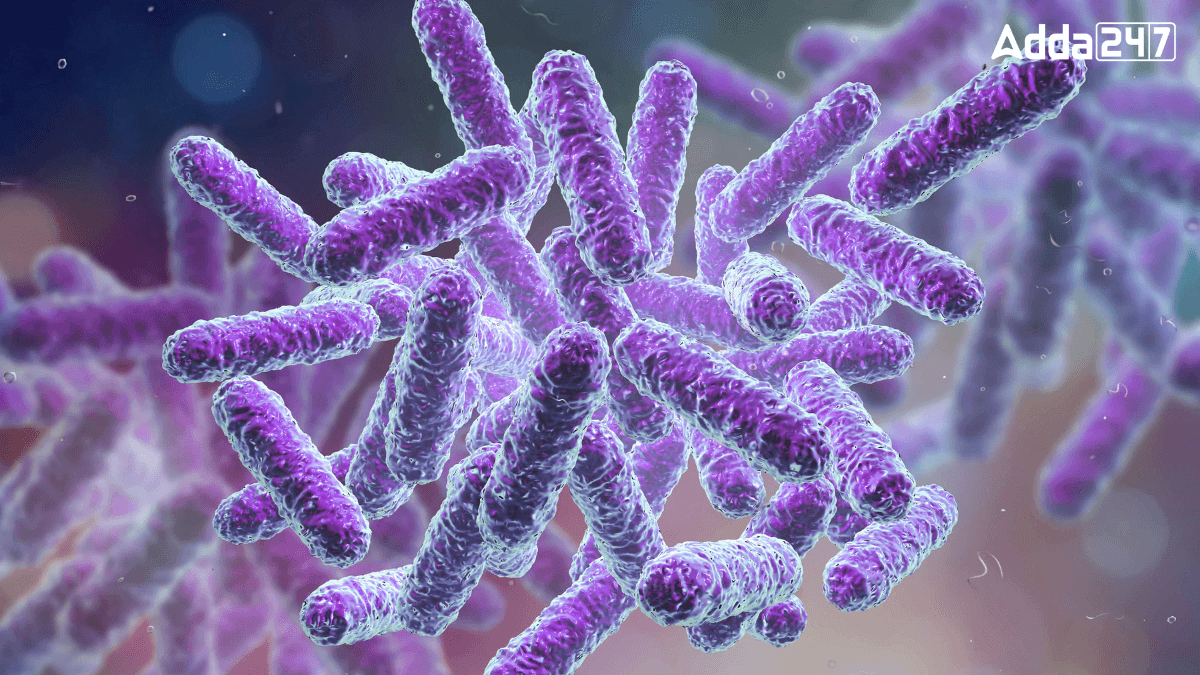Bacteria and viruses are tiny organisms that can cause diseases, but they are very different from each other. Bacteria are living microorganisms that can survive on their own, while viruses need a host to live and multiply. Some bacteria are helpful, but viruses are usually harmful. Understanding their differences helps us know how they spread, affect us, and how we can treat or prevent them.
An Overview of Bacteria
Bacteria are tiny living organisms called prokaryotes. They can survive in almost any environment, including extreme conditions like hot springs, deep oceans and even volcanic areas. While some bacteria cause disease, many are harmless or even helpful to humans.
Characteristics of Bacteria
- Unicellular Structure: Bacteria are made up of just one cell. Some can form groups for reproduction.
- No Nucleus: Their genetic material floats freely in the cell as they do not have a nucleus.
- Organelles Present: Bacteria have ribosomes, which help make proteins.
- Survival: They can live independently without needing a host.
- Reproduction: Bacteria reproduce.
Examples of Bacterial Diseases:
- Pneumonia
- Typhoid
- Food poisoning
An Overview of Viruses
Viruses are much smaller than bacteria and are not considered fully alive because they cannot survive or reproduce without a host. They are essentially a packet of genetic material (DNA or RNA) surrounded by a protein coat.
Characteristics of Viruses
- Lack of Cell Structure: Viruses do not have cells, organelles or a cytoplasm.
- Dependence on Hosts: They need a living host cell to replicate.
- Genetic Material: They contain either DNA or RNA, but never both.
- Mutations: Viruses can change and adapt quickly, making them harder to fight.
- No Metabolic Activities: They do not perform any life functions outside a host.
Viruses are responsible for illness such as:
- Common Cold
- Hepatitis
- AIDS
Key Differences Between Bacteria and Viruses
Bacteria and Viruses are tiny microbes that cause many diseases. They differ in structure, size, reproduction and how they affect humans. Understanding these differences is crucial for proper treatment and prevention.
| Feature | Bacteria | Virus |
| Cell Wall | Made of peptidoglycan | No cell wall; protein coat |
| Size | Larger (900-1000 nm) | Smaller (30-50 nm) |
| Living or Non-Living | Living organisms | Not considered living |
| Reproduction | Asexual (binary fission) | Only in host cells |
| Host Dependence | Can live independently | Depend on a host |
| Ribosomes | Present | Absent |
| DNA/ RNA | Free in cytoplasm | Inside a protein coat |
| Infection Type | Usually localized | Often systemic |
| Treatment | Antibiotics | Vaccines/ antiviral drugs |



 In Which State/ Union Territory is Saddl...
In Which State/ Union Territory is Saddl...
 Which is the Largest Mangrove Forest in ...
Which is the Largest Mangrove Forest in ...
 Top-10 Countries that Drink Most Coffee ...
Top-10 Countries that Drink Most Coffee ...

